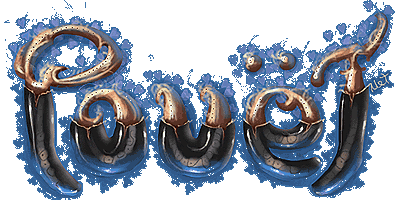Random flash thread
category: general [glöplog]
How does that work? Did he/you split the screen in N squares and shot N photos? Then they're all multiplied by the color on the screen, added, etc?
It is not mine. Sorry for not posting the source (sauce):
http://www.romancortes.com/blog/relighting-sylvia/
http://www.romancortes.com/blog/relighting-sylvia/
Duh, the button on the lower right corner leads to the source site... Am I blind or am I blind...
this is actually texel's stuff...
I know it's not your's.
xrl: reading Texel's blog, maybe this one?
http://gl.ict.usc.edu/Research/SpatialRelighting/
pretty neat.
http://gl.ict.usc.edu/Research/SpatialRelighting/
pretty neat.
lovely, already cited in other threads: http://wonderfl.net/
Hi, I posted it in the oneliner some days ago.
How it works:
I took 12 photos of with different squares (4x3) of a grid in the netbook completely white. Well, in fact, I took 4 sessions of it, with 2 seconds of exposure each photo, so about 50 photos, then I mixed each of the sessions to get an image with less noise (it is as an 8 seconds exposure) and with less temporal aliasing (this way the little movement of Silvia during the 3-4 minutes of the session are less noticeable from the different squares in the grid).
So the relighting you see is just an add of all the 12 photos with multiplied R, G and B channels.
Well, first I did a darken for all channels and photos in Photoshop, that gets the minimum color value for all the photos. That is the ambient lightning. Then, this ambient was subtracted to all the photos. So, it is the sum of the ambient photo and the 12 subtracted photos multiplied by their rgb channels.
Flash is really optimized doing that, I suppose it does the blending with MMX or SSE or anything, because I think it requires about a gigabyte per second of bandwidth to get the 30 fps, and it was able to render more than 30... or maybe current computers are just very fast and a gigabyte of bandwidth is not so much for software rendering anymore... (but I remember 6-7 years ago it requiered very good coding skills).
The result, if you were looking in the screen a 4x3 very big pixels screen would be very exact as photo-realistic, in fact a simulation of what the camera would capture.
But, I added the fake screen effect. What it does is just to proyect a texture to the screen area, and the texture is resized to 4x3, some few blur to it to avoid anti-aliasing artifacts, and... it works very good. I believe it would not look much better with a bigger grid, because in that scene the light is very fuzzy anyway.
Oh well, I also did something for the edges of the screen, just some few 5-10 pixels border where the screen meets the border plastic of it. To make it look photo-realistic, I used an alpha channel extracted from the photos, and some few blurs... it does the trick.
How it works:
I took 12 photos of with different squares (4x3) of a grid in the netbook completely white. Well, in fact, I took 4 sessions of it, with 2 seconds of exposure each photo, so about 50 photos, then I mixed each of the sessions to get an image with less noise (it is as an 8 seconds exposure) and with less temporal aliasing (this way the little movement of Silvia during the 3-4 minutes of the session are less noticeable from the different squares in the grid).
So the relighting you see is just an add of all the 12 photos with multiplied R, G and B channels.
Well, first I did a darken for all channels and photos in Photoshop, that gets the minimum color value for all the photos. That is the ambient lightning. Then, this ambient was subtracted to all the photos. So, it is the sum of the ambient photo and the 12 subtracted photos multiplied by their rgb channels.
Flash is really optimized doing that, I suppose it does the blending with MMX or SSE or anything, because I think it requires about a gigabyte per second of bandwidth to get the 30 fps, and it was able to render more than 30... or maybe current computers are just very fast and a gigabyte of bandwidth is not so much for software rendering anymore... (but I remember 6-7 years ago it requiered very good coding skills).
The result, if you were looking in the screen a 4x3 very big pixels screen would be very exact as photo-realistic, in fact a simulation of what the camera would capture.
But, I added the fake screen effect. What it does is just to proyect a texture to the screen area, and the texture is resized to 4x3, some few blur to it to avoid anti-aliasing artifacts, and... it works very good. I believe it would not look much better with a bigger grid, because in that scene the light is very fuzzy anyway.
Oh well, I also did something for the edges of the screen, just some few 5-10 pixels border where the screen meets the border plastic of it. To make it look photo-realistic, I used an alpha channel extracted from the photos, and some few blurs... it does the trick.
I should try doing that whenever I get a tripod.
